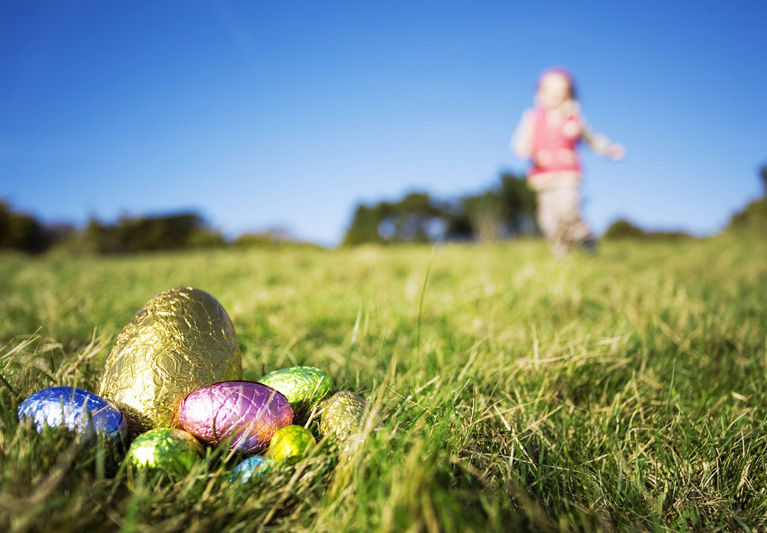
Easter isn’t easy to explain. Maybe that’s why chocolate eggs, lilies, bunnies, and spring bonnets are so handy. You might say those cultural symbols of Easter celebration serve as props on a stage where a tremendous story is being told.
We all know the stage props aren’t the main event and that we need to pay attention to more than the props if we want to get the message. Yet the props do add interest and flair to the telling of the story.
And so this year we’ll find our church sanctuary awash with fragrant flowers, we’ll host an Easter festival for the children complete with chocolate eggs and “the bunny,” and many a fine new bonnet will find its way to our church services. And maybe these things will help draw our attention to the momentous event we are hoping to recount fully and rejoice in faithfully.
That would be a fine thing. But this year, after reading a story by John Killinger, we’re hoping for even more from our Easter observances. We’re hoping a few brave souls will get up and dance!
How did Killinger inspire the hope for dancing in us? By retelling the tale of Zorba the Greek, written by Nikos Kazantzakis. Killinger says he rereads Zorba’s story every Easter because Zorba had the heart of a lion, a fresh and enthusiastic appreciation for life, and laughter that sprang from his depths to demolish anything stifling or false or tame.
In other words, Zorba lived large – and his frequent, exuberant dances were his demonstrations of a powerfully profound joy that demanded expression. Zorba danced when he got a new job, when he found love, when he recognized some of his life’s futility, and of course, Zorba danced on Easter.
What has all this to do with us? Well, in a day and time when the miracle of death redeemed and new life rising is a miracle subjected to endless scrutiny and logical debate, maybe the story of Christ’s resurrection at Easter is worth telling anew, in ways that do justice to the story’s immense claim.
Perhaps this year we should work not to let the props tell the story, for Easter is much grander than lilies, chocolate, and bunnies. We should not rest content with prim, composed, bland, or boring tellings of the Easter wonder.
Perhaps we should, metaphorically speaking, get up and dance. From the tips of our fingers down to our toes, we should let ourselves be infused with the rollicking, boisterous, energy of it all.
Without judging, without criticizing, without doubting or disbelieving, we should simply allow the story to touch and transform us. We should let the awe of the Easter tale bring us to our feet on our lives’ stage in a dance of amazement and gratitude.
Let’s do it. Let’s let our souls gambol and frolic in recognition of the astonishing grace of God. Let’s unleash Easter.



